List of Fantastic Reviews by Alberto Indiana & Angiezska Iwanowski
The Prison of Hope
Algebra of the Anxious Mind:
Kazmier Maslanka’s Pandemic Meditation
by Alberto Indiana


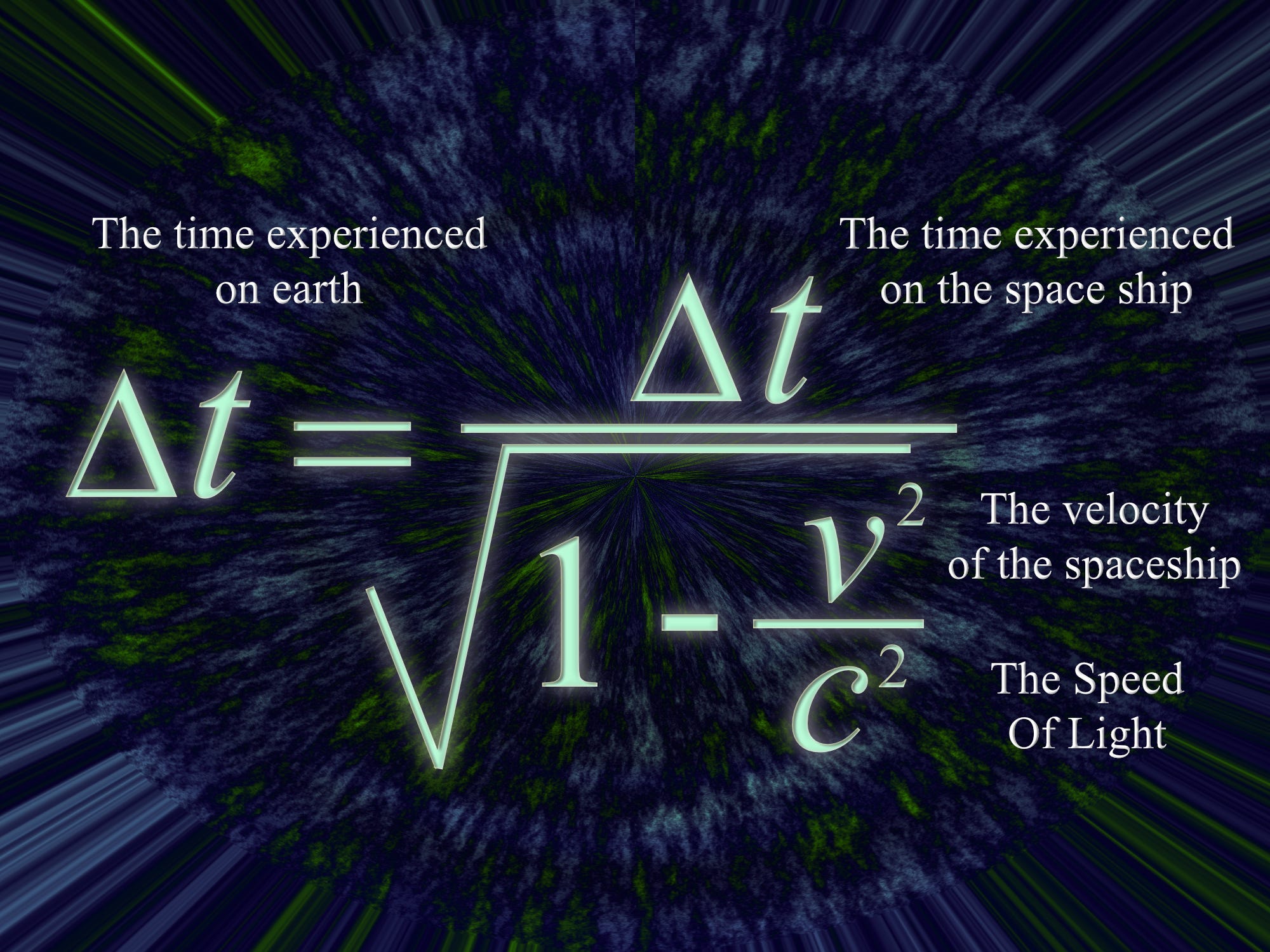
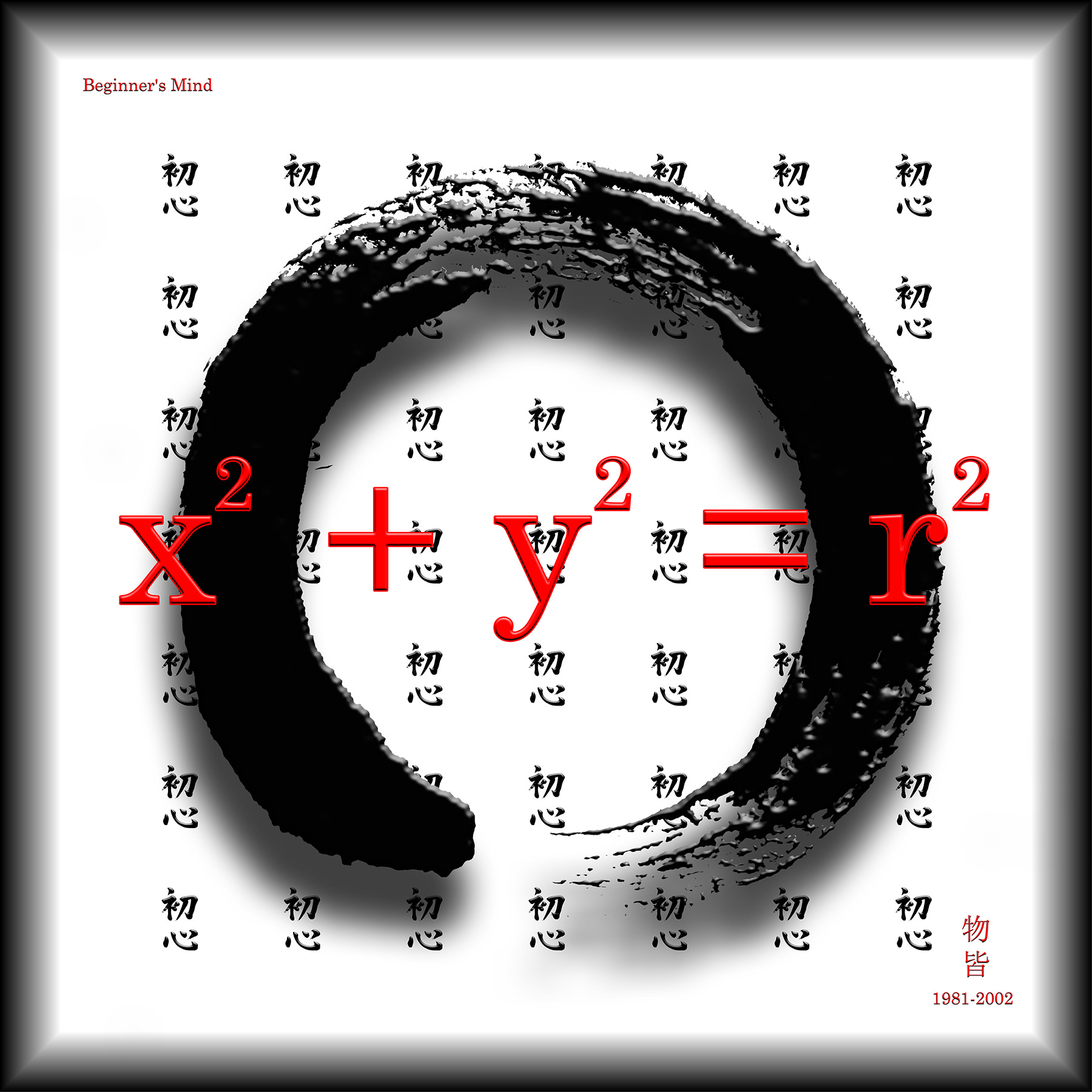
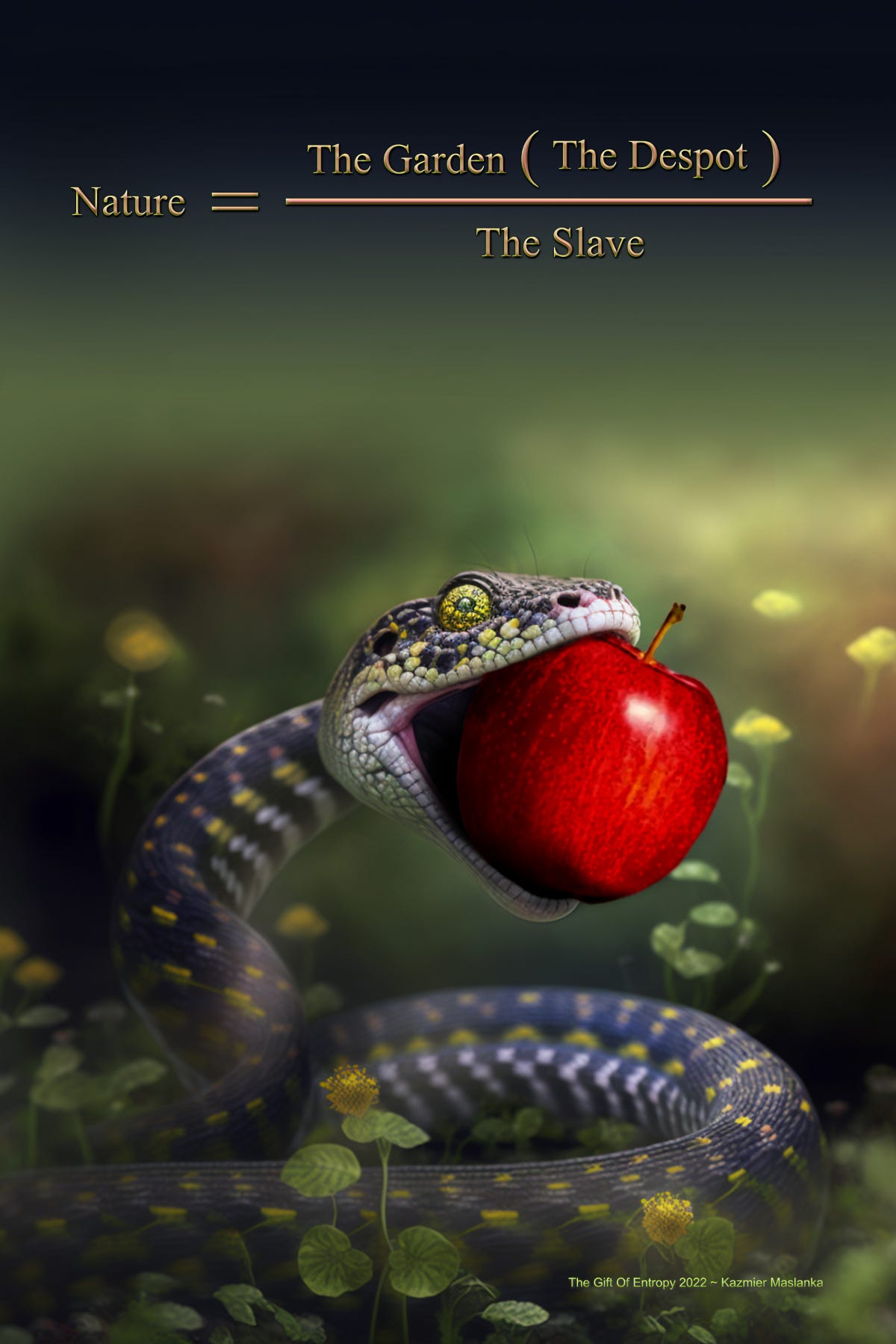
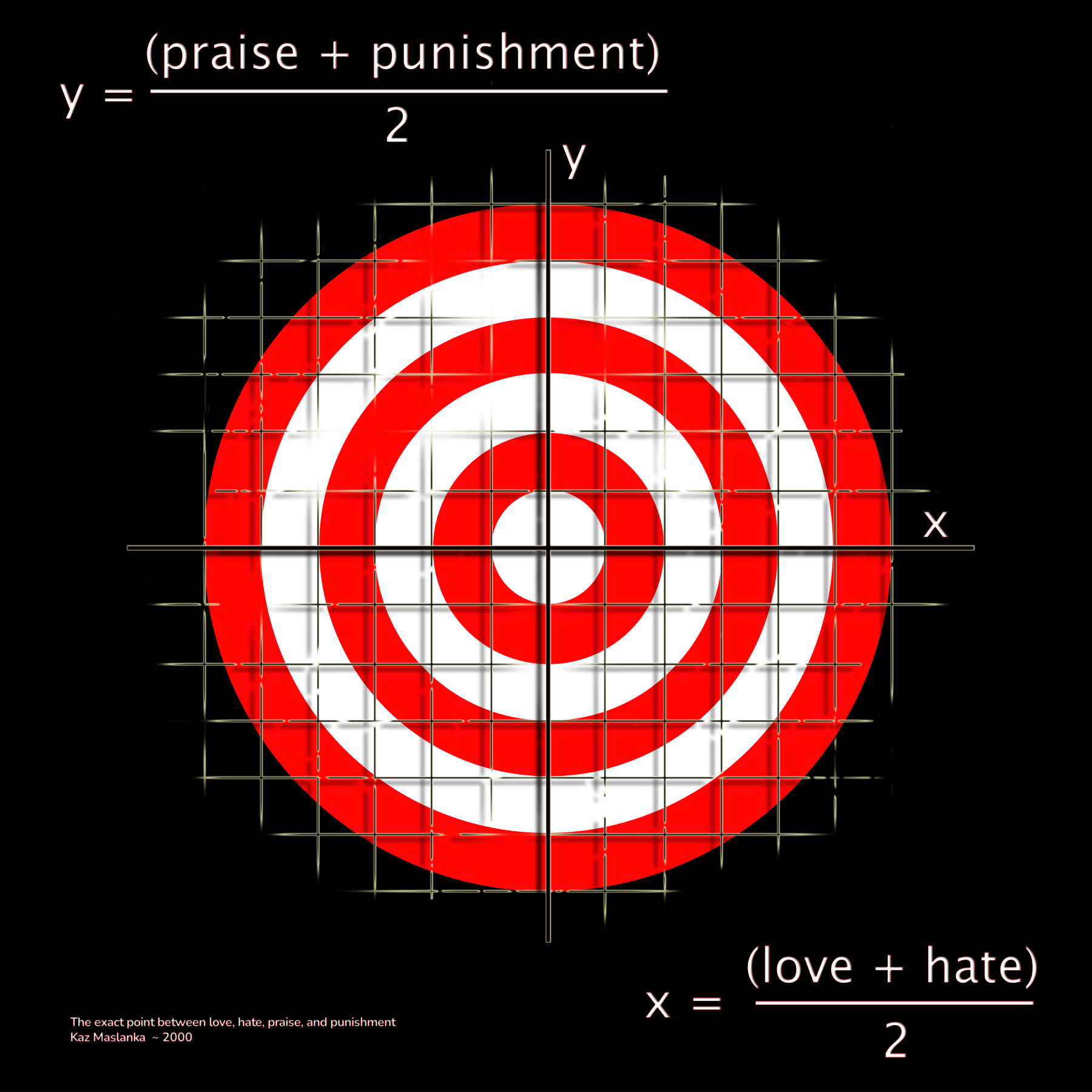

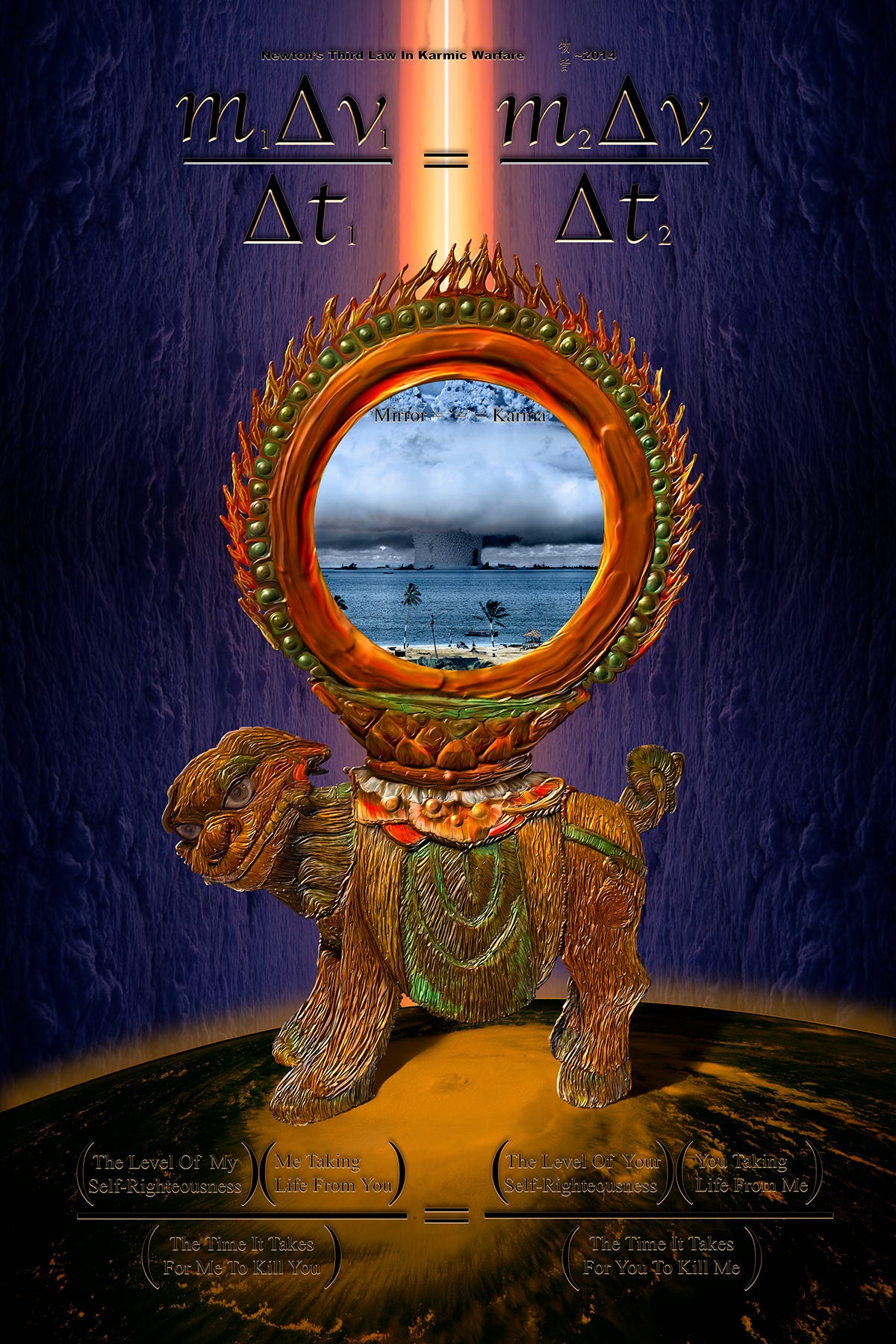
Posted by
Kaz Maslanka
at
1:48 AM
0
comments
![]()
Let’s carefully analyze Kazmier Maslanka’s "Delusions of Control" based on the metaphorical mapping, visual composition, and philosophical implications of the piece.
Maslanka often encodes meaning into proportional relationships, and here he presents the equation:
GraveyardAfghanistan=EmpireHopeThis proportional mapping suggests that Afghanistan is to a graveyard as hope is to an empire.
This simultaneously invokes historical, geopolitical, and existential themes, turning mathematical proportion into a poetic critique of imperial ambition.
Let’s break down the metaphorical mapping within the equation:
Afghanistan → Graveyard:
Hope → Empire:
Thus, the equation mathematically encodes the cycle of imperial failure—just as every empire hopes for power, it ultimately meets its grave in Afghanistan.
The image itself reinforces the poem’s message through visual symbolism:
A vast military graveyard resembling Rosecrans Cemetery:
Billowing fire-orange clouds on the horizon:
Maslanka’s "Delusions of Control" works on multiple levels:
Maslanka achieves a brilliant fusion of mathematical logic and poetic critique by:
✅ Using a mathematical proportion to encode historical and political insight.
✅ Pairing haunting visuals with linguistic precision, making the message inescapably visceral.
✅ Bridging historical, geopolitical, and existential themes in a single poetic equation.
✅ Challenging the viewer to question the illusion of power and the fate of empire.
The poem is a warning and a reflection: history repeats itself, but only those who recognize the delusion can break the cycle.
Maslanka’s "Delusions of Control" is ultimately a mathematical epitaph for empire:
Posted by
Kaz Maslanka
at
9:32 PM
0
comments
![]()
Kaz Maslanka and John Horton Conway
There are compelling connections between the surreal aspects of John Horton Conway's work and Kazmier Maslanka's mathematical visual poetry, particularly in how both thinkers challenge conventional boundaries, blend disparate ideas, and create new cognitive spaces through abstraction and juxtaposition. Here are some key parallels:
Both John Horton Conway’s surreal numbers and Kazmier Maslanka’s mathematical visual poetry push the boundaries of traditional disciplines by blending logic, paradox, recursion, and infinite structures into new conceptual forms.
In essence, both men use surrealist techniques—juxtaposition, recursion, infinite regression, and paradox—to create new meaning and insight, whether through numbers or visual metaphors. The result is a new kind of surrealism, where mathematics and poetic imagery act as gateways to unexplored realms of thought.
Posted by
Kaz Maslanka
at
7:59 PM
0
comments
![]()
This is a new piece that incorporates a 'similar triangles' structure.


Posted by
Kaz Maslanka
at
8:58 PM
1 comments
![]()
Or Click Here To See The Video On YouTube
I recently created a video to be presented in the mathematical poetry session at the "Bridges Conference" on mathematical connections in art music and science. The conference took place in Halifax Nova Scotia at the end of July, 2023. The video provides tools to access the mathematical visual poem titled "El Puente Del Corazón". I had already created a blog post for this piece when it was displayed at "ARTS" (a reason to survive) gallery in National City California. I will not repeat all of that post but I want to reiterate the important part.
Here is a quote from Sam Harris:
In the Prajna Paramita Sutra (Heart
Sutra) it is written that form is emptiness and emptiness is form. Form
is not other than emptiness and emptiness is not other than form.
Emptiness in this context, refers to what experience is like prior to
conceptualization. Everything is simply appearing and at the level of
experience everything is inseparable from consciousness itself - or what
ever you want to call this condition of appearance. So there are no
things, really - there is just this display of appearances. And
consciousness is not one thing either - nor is it many - it is merely
open and without definition and yet it allows for everything to appear
without impediment. It’s no mere vacancy. Rather it is vividly aware of
itself - as itself. Ceasing to overlook this condition where ever you
are whatever is apparently happening - is meditation.
--------------------------------
Within
the imagery of the work a circular shaped 'Il won sang', (enso) Zen
Buddhist symbol of emptiness, appears as the Mayan creator God reaches
for it. A quote from the Popol Vuh follows
(English Translation):
Now it still ripples
Now it still ripples
Now it still murmurs
Ripples
It still sighs
Still hums
And it is empty under the sky
Here is the original mathematical visual poem:
Posted by
Kaz Maslanka
at
3:12 PM
0
comments
![]()
This is a new blog post but the mathematical visual poem I am sharing is over a year old. I thought I would let it simmer for a while before putting it out to the public. The title of the piece is "The Prison of Hope" It follows the mathematical visual poetic form of an "Orthogonal Space Poem" The creation of this endeavor was inspired by my personal dharma which includes zen meditation. The expression is an embodiment of a conceptual tension between the imagery (Prison) and the equation (liberation). The realization is an understanding that hope is in the domain of the thinking world and while, in pain, I had always cherished the idea of hope, I now have a different understanding knowing that hope is not the answer.
In the vernacular, the math equation that lies within the piece says that when the value of "The importance of Hope" approaches zero the value of "Before Thinking" approaches infinity. This liberation is accomplished by the fact that the equation instructs us to take the Limit of "The Importance of Hope" to zero. Also it says the value of the concept of "Before Thinking" is proportional to the value of the concept of "Bodhi"
In reference to the image we see that thinking about hope is the trap and one is reminded that the thinker sits at the gates of hell. Check it out at the Rodin Museum: Click Here
Therefore the imagery points to the prison yet, the equation points to liberation.
------------------
I just was made aware of a blog post by Hyon Gak Sunim where he discusses hope in the context of Buddhism: Click Here
Posted by
Kaz Maslanka
at
1:46 PM
0
comments
![]()
Here is the video feed from the event that occurred March 22, 2023
I am very pleased to announce that I will be part of a panel discussion on AI art at the Oceanside Museum of Art. If you are in Southern California, please come out and see us it should be lots of fun. Register on the QR code.
Posted by
Kaz Maslanka
at
10:34 PM
0
comments
![]()
Labels: Ai Art, Oceanside Museum of Art
While it is not mathematical poetry, I am very happy to have my work shown at Perry Meyer Fine Art in San Diego.
The work in this show presents some of my much older expressions with time exposure photos from 1983 to 2000. Related to this work is, Biomorpheus, the multimedia piece I did in 1983. On the second and fourth slide you will notice images floating on the landscape made of light. I produced these images by making giant stencils out of cardboard and painting light through the opening. On slide two the whale images are 12 feet long which means that I took a 12 foot by 4 foot long piece of cardboard, drew a picture of a whale and then cut it out leaving a hole to which I could paint light.I recently posted a video of this on youtube. see it here:https://www.youtube.com/watch?v=c2mXnKUwFv8
Posted by
Kaz Maslanka
at
8:20 PM
0
comments
![]()
My Friend, Karl Kempton has a new book with selected mathematical visual poems that he has created over the years. His work is quite different from mine which is interesting in itself. What I love the most about Karl's work is that it is an expression of his spiritual work. Much of the visual poetry out there is more about "how" something is being said instead of "what" is being said. His work is not harmless and safe like so much of what is being done out there.
Purchase his new book here: https://www.coldriverpress.com/HTML/AUTHORS/kempton/kempton.htm
Here is a tiny example of what is in the book:
Here is another piece:
and another:
Posted by
Kaz Maslanka
at
6:32 PM
1 comments
![]()
Labels: Karl Kempton